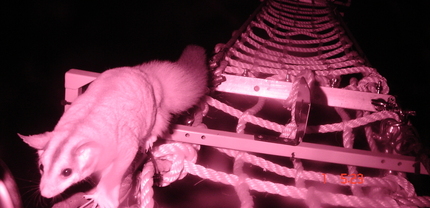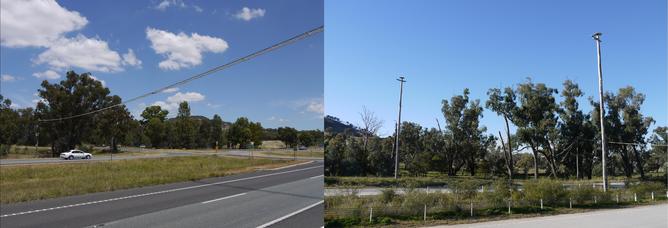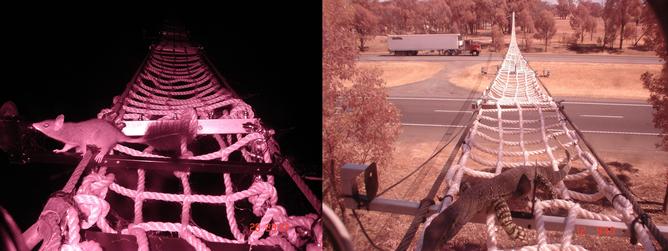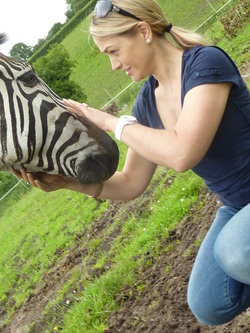
The following is an adaptation of a presentation Stacey Tarpley gave in September 2013 at the AZA National Conference as part of the session ‘Enrichment as Guest Experience.’ This is part two of two. Check out Part 1 below.
What is experience?
Put quite simply, it’s everything. Literally and figuratively.
Experience at zoos and aquariums is everything from the moment your guest turns onto your property in their car. It’s every moment, every interaction with staff or animals, every view. All of these moments combine and culminate to create an ultimately positive or negative association with your institution. Experience is also quite possibly the most important aspect of what you do.
Maslow’s Hierarchy of Needs summarizes the pattern of human motivations from the most basic to the sublime. A parallel can be made to your guests’ needs. Meaning, before we can reach people on a transformational level, we must satisfy their lesser needs beginning with the desire first to be comfortable and safe, moving through to simply having a good time, onto learning something, which sparks something deeper (the ‘I wanna help’ moment), and ultimately providing them the inspiration to take action.
The key here is to remember that your guests do not come through the door ready to be transformed. We must provide a great guest experience starting with the most basic needs guiding them to transformation. Continue reading...
What is experience?
Put quite simply, it’s everything. Literally and figuratively.
Experience at zoos and aquariums is everything from the moment your guest turns onto your property in their car. It’s every moment, every interaction with staff or animals, every view. All of these moments combine and culminate to create an ultimately positive or negative association with your institution. Experience is also quite possibly the most important aspect of what you do.
Maslow’s Hierarchy of Needs summarizes the pattern of human motivations from the most basic to the sublime. A parallel can be made to your guests’ needs. Meaning, before we can reach people on a transformational level, we must satisfy their lesser needs beginning with the desire first to be comfortable and safe, moving through to simply having a good time, onto learning something, which sparks something deeper (the ‘I wanna help’ moment), and ultimately providing them the inspiration to take action.
The key here is to remember that your guests do not come through the door ready to be transformed. We must provide a great guest experience starting with the most basic needs guiding them to transformation. Continue reading...




 RSS Feed
RSS Feed
